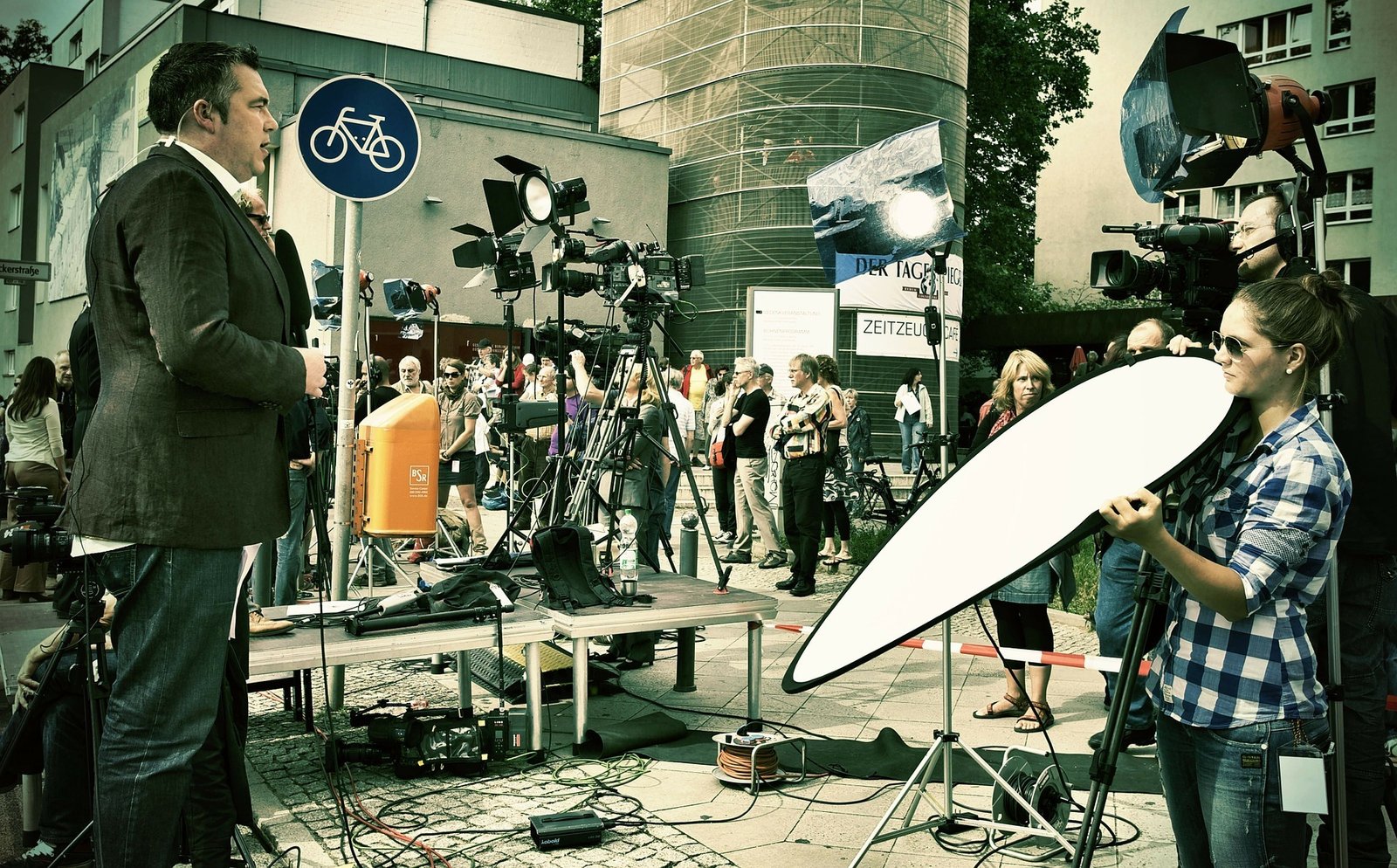Each location is going to be drastically different from the last and the next location you go to. Therefore, you’re going to need to scout each on and think about where you want to position your subject and what light will hit them where.
For me personally, I’ve always preferred that the subject is seated, in a comfortable single chair where they need to sit upright. This is beneficial for both you and them. There’s less chance of them slouching and perhaps becoming tired and it looks so much better on camera if they are sitting upright in a commanding position. This works for both sexes, and if you’re cutting between medium and wide shots, for both sexes it’s best to have the legs closed or crossed over.
Next, I favor placing the person off center to the right of the screen, so that the looking space is to the left if they are being interviewed. This feels more natural if you read from left to right. If it’s just a straight to camera piece, then a more central framing is a better option.
If you get more comfortable later on with composition, you may want to experiment in how you place the subject in the foreground in relation to the objects in the background.
Now that you’ve placed the person in the location, the first go to lighting setup for you is the 2-point lighting setup. As the name suggests, you have 2 light sources that light the subject.
One is called the Key light and the other is called the Fill light. The Key is your main light and fill is to fill in any harsh shadows that the Key light creates.
Now we bring in the answers to whether there was sunlight or not. If there wasn’t, then hopefully the room lights are enough to expose or you have the LED light with you. But if you do have the Sun, then either case still fits the basic 2-point lighting model, as the strongest light (i.e. the Sun) is your Key light.
If you’ve gone with the off-centre to the right setup, then make sure the Key light is hitting the face of your subject straight on. Use your reflector on the other side of the subject to fill in any shadows that the key light has created. And Voila, you’ve now managed to make a basic 2-point lighting setup with either no lights or with 1 light. Your wallet will be very pleased.
A 3-point lighting setup is similar, but you’re adding in either backlight or background light. The backlight, lights the back of the subject creating a slight halo effect, which is quite useful for female subjects. And the background light is if you’re lighting something behind the subject that you’d like the audience to see.


